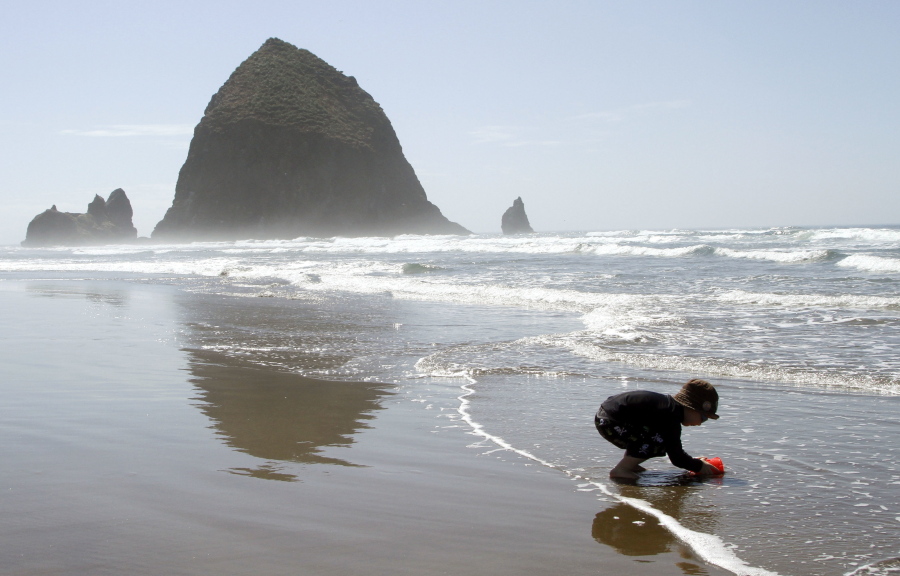By The Numbers
1601. The number of the House Bill introduced in the legislative session on Feb. 22, 1967, by the Oregon State Parks and Recreation Department. Sponsors were Representatives Sidney Bazett (R-Grants Pass) and W. Stan Ouderkirk (R-Newport) and Senator Anthony Yturri (R-Ontario). The bill was assigned to the Highway Committee and quickly became known as the Beach Bill.
362. The official length in miles of the Oregon coastline, although the Oregon Parks and Recreation Department admits the more accurate number would be upward of 380. Our coastline has not grown over the past five decades, but our mapping technology has improved. Much depends on how it is measured and whether jetties are included.
16. The elevation in feet, or zone line, established in the bill. The legislature’s intent was that it would coincide with the vegetation line. In instances of low-lying areas, where the 16-foot line went through private homes and businesses, an alternate zone line would be established 300 feet inward from the ocean. The bill did not apply the zone line to bays or estuaries.
$400,000. The estimated cost to administer the bill, as reported by The Oregon Statesman on May 23, 1967. In today’s dollars, that would be nearly $3 million.
57-3. After 10 hearings, the bill passed by a vote of 57-3 in the House of Representatives.
27-0. The Senate unanimously approved the bill, with amendments.
36-20. The House passed the amended bill on June 7, 1967.



